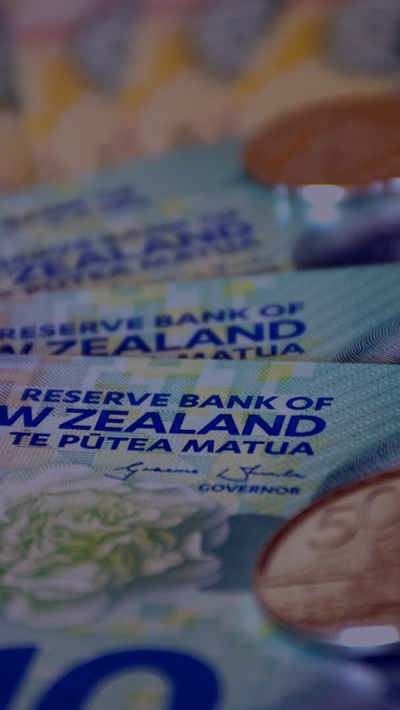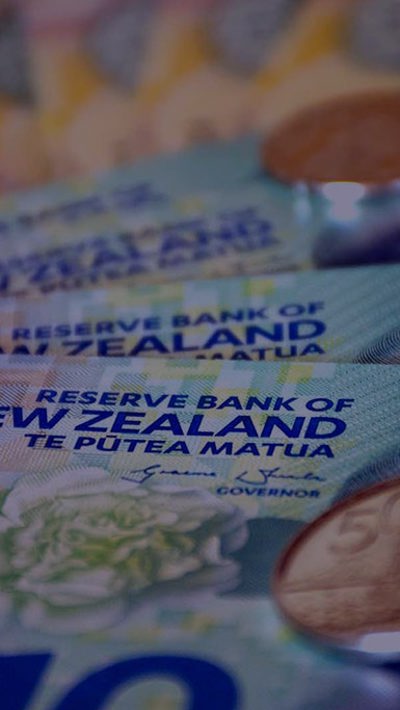Contents
The latest Mutual Evaluation Report on New Zealand’s anti-money laundering and countering the financing of terrorism (AML/CFT) system, while largely positive, has identified some areas for improvement.
The report, the fourth by the Financial Action Task Force (FATF) and Asia-Pacific Group on Money Laundering (APG), provides a comprehensive review of the effectiveness of New Zealand’s AML/CFT system in the context of New Zealand as a high integrity jurisdiction with comparatively low crime rates, a very open economy, a free flow of capital and people, and ease of access to a range of different legal structures.
The report’s findings are also available in a 10 page executive summary.
Key findings
- New Zealand has established a comprehensive multi-tiered risk assessment process characterised by strong domestic co-ordination and co-operation.
- New Zealand’s three joint AML/CFT supervisors (the Financial Markets Authority, the Reserve Bank of New Zealand (RBNZ) and the Department of Internal Affairs) have a good understanding of the inherent risk profiles of their respective sectors with the level of supervision for each sector broadly commensurate with the level of risk (except for banking where the scope and depth of inspections are not adequate to the complexity of the banks inspected).
- AML/CFT controls by banks and other large financial institutions are generally of a good standard, but there are areas that could be enhanced. These include the screening of politically exposed persons, customer due diligence on existing customers, and group-wide risk management. Implementation of AML/CFT rules in money or value transfer services is also variable.
- Further work is needed to fully embed AML/CFT measures among non-financial businesses and professions (NFBPs).
- A number of preventative measures are required to meet the FATF Standards.
- Improvement is required to the technical framework in relation to targeted financial sanctions (TFS), including the range of sanction powers available to supervisors so that sanctions imposed are more effective and proportionate.
- There are substantial gaps in the powers and responsibilities of supervisors to ensure the availability of adequate and accurate beneficial ownership information relating to companies, partnerships and trusts and to nominee directors and shareholders. FATF is concerned that these structures and arrangements are vulnerable to AML/CFT misuse, due in part to low establishment costs and to the wide use of trusts with limited scope to detect abuse.
The seven priority actions
The Evaluation Report sets out seven priority actions for New Zealand, each focussing on a specific area of managing the AML/CFT risks New Zealand faces.
1. Improve the availability of accurate and up-to-date beneficial ownership information on legal persons, particularly limited liability companies and partnerships and domestic trusts, and take steps to mitigate the money-laundering and terrorism financing (ML/TF) risks of nominee shareholders and directors.
(The Ministry of Business, Innovation and Employment (MBIE) began consultation on increasing the transparency around beneficial ownership of companies and limited partnerships in 2018 but the work was put on hold due to the pandemic. It is scheduled to resume by the second quarter of 2022. The original proposals did not extend to domestic trusts. We speculate below on whether this might now change.)
2. Ensure that supervisors have a sufficient range of proportionate and dissuasive sanctions available, and that RBNZ has adequate resources to appropriately supervise banks.
3. Give clear powers and mandates to the appropriate agencies to supervise and enforce targeted financial sanctions obligations, supported by outreach to reporting entities, a point of contact for targeted financial sanctions related queries, and enhanced dissemination of updates to sanctions lists.
4. Consolidate implementation of Phase 2 of the AML/CFT Act, including by further developing designated NFBPs’ understanding of their risks and obligations, and progressing towards a mature supervision regime for these sectors.
5. Improve the tools of the Financial Intelligence Unit (FIU) for prioritisation, database integration and analysis of financial intelligence to enhance its ability to directly identify new targets and trends. Contact should also be made with law enforcement agencies to ensure that FIU proactive financial intelligence products are used to launch investigations into new targets.
6. Update laws and regulations to address identified gaps and vulnerabilities (including shortcomings in the registration of financial institutions and DNFBPs and gaps in preventative measures, particularly for money or value transfer services).
7. Take steps to sustain the recent increase in money laundering prosecutions by monitoring trends and outcomes through better data and statistics and consider developing money laundering prosecution guidelines.
Our comment
There is much to digest in the full Evaluation Report, and much for the supervisors to be pleased about.
The findings will undoubtedly influence the review of the AML/CFT Act due to be commenced by 1 July this year.
Of particular interest will be whether MBIE will now seek to include domestic trusts in its policy proposals on the transparency of beneficial ownership of companies and partnerships.
Right-sizing transparency measures so that they do not outweigh the perceived risks will be important, as submitted by Chapman Tripp in our response to MBIE’s 2018 discussion document.














































































